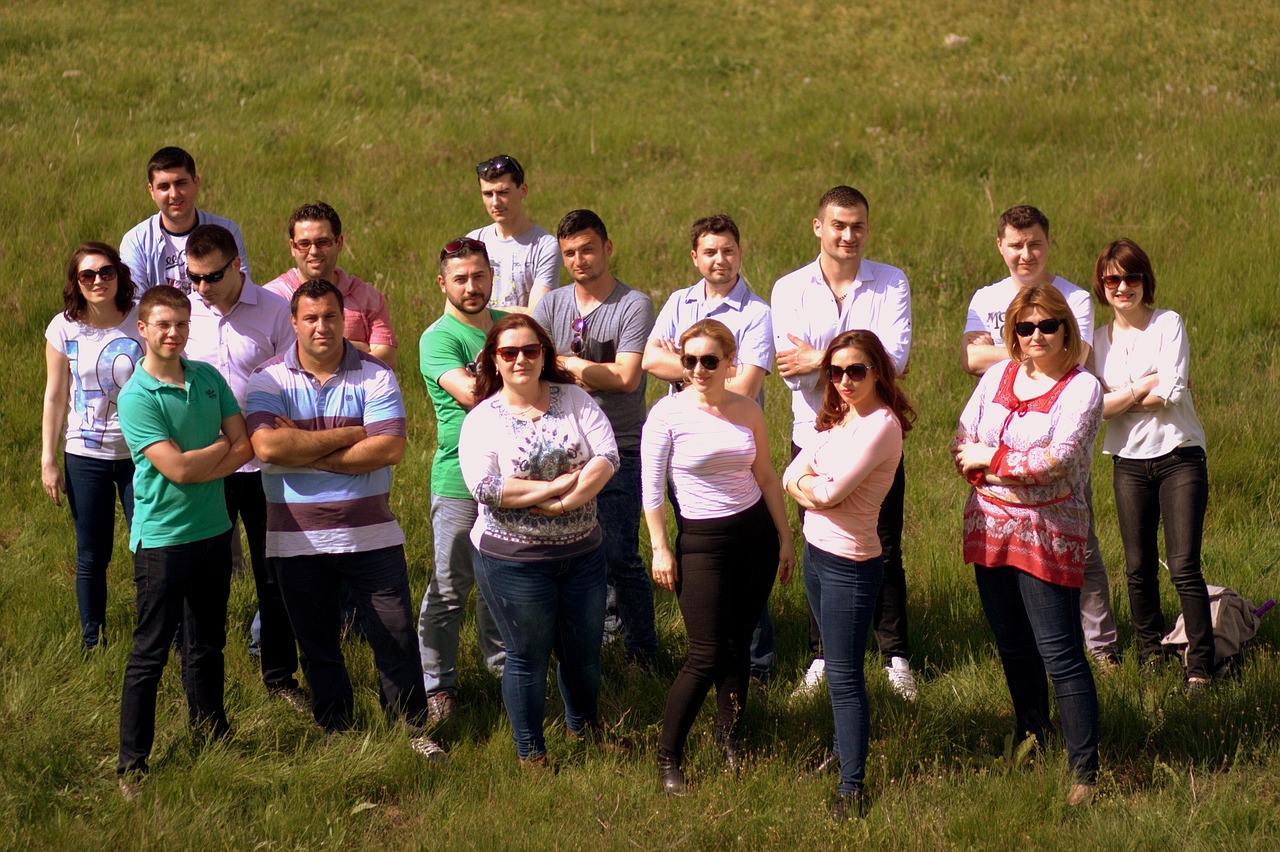The threads of friendship, woven with shared experiences and mutual support, can sometimes fray. Whether it’s due to misunderstandings, life changes, or simply drifting apart, friendship healing is a vital process for maintaining strong and healthy relationships. Just like a physical wound needs care and attention, so too does a damaged friendship. This guide will explore the nuances of friendship healing, providing practical advice and insights to navigate the complexities of mending bonds and rediscovering the joy of connection.
Recognizing the Need for Friendship Healing
Identifying the Symptoms of a Troubled Friendship
Before embarking on the healing journey, it’s crucial to acknowledge the issues within the friendship. Often, these issues manifest subtly. Look out for these telltale signs:
- Decreased communication: Are you talking less frequently? Are your conversations shorter and less engaging?
- Increased tension: Do you feel awkward or uncomfortable around each other?
- Avoidance: Are you actively avoiding spending time together?
- Lack of support: Do you no longer feel supported or understood by your friend?
- Resentment: Are you harboring feelings of anger or bitterness towards your friend?
- Negative interactions: Do your interactions often end in arguments or disagreements?
For example, Sarah and Emily used to talk every day, but after Emily got a promotion, Sarah noticed Emily became distant and rarely returned her calls. Sarah started to feel resentment and realized their friendship needed healing.
Common Causes of Friendship Strain
Understanding the why behind the strain can make healing easier. Common causes include:
- Life changes: Marriage, new jobs, moving, and having children can all put a strain on friendships.
- Misunderstandings: Misinterpretations of words or actions can lead to conflict.
- Unmet expectations: Disappointments when expectations aren’t met can breed resentment. For example, expecting a friend to always be available, and then feeling hurt when they aren’t.
- Competition: Feelings of jealousy or rivalry can damage the bond.
- Communication breakdowns: Lack of honest and open communication is a major culprit.
- External stressors: Stress from work, family, or other sources can spill over into friendships.
Acknowledging these potential triggers is the first step in addressing them.
Initiating the Healing Process
Reaching Out and Opening the Dialogue
The first step toward healing is often the hardest: initiating contact. Here’s how to approach it:
- Choose the right time and place: Select a time when you can both talk without distractions and a location where you both feel comfortable.
- Be direct and honest: Explain that you value the friendship and want to address the issues.
- Use “I” statements: Express your feelings and perspectives without blaming your friend. For example, instead of saying “You never call me anymore,” try “I’ve felt a little disconnected lately.”
- Active listening: Truly listen to what your friend has to say, even if it’s difficult to hear. Don’t interrupt or prepare your rebuttal while they’re speaking.
- Express vulnerability: Showing your vulnerability can encourage your friend to do the same, fostering a deeper connection.
- Example: “Hey [Friend’s Name], I’ve been feeling like we haven’t been as close lately, and it’s been on my mind. Would you be open to talking about it sometime this week? I value our friendship and want to work through this.”
Apologizing and Taking Responsibility
Sincere apologies are crucial for healing. Here’s how to craft a meaningful apology:
- Acknowledge your role: Take responsibility for your actions and words that may have contributed to the problem.
- Express remorse: Show that you understand the impact of your actions and that you regret causing pain.
- Offer a commitment to change: Explain how you plan to avoid repeating the same mistakes in the future.
- Example: “I’m so sorry for not being there for you when you needed me last month. I was so caught up in my own things, and I realize now that I wasn’t being a good friend. I promise to be more mindful and supportive in the future.”
- Accepting an Apology: Just as important as giving an apology is accepting one. Be gracious and demonstrate forgiveness if the apology is genuine. Don’t hold onto resentment.
Rebuilding Trust and Connection
Establishing New Boundaries
Sometimes, the old dynamics of the friendship need to change. Setting healthy boundaries is essential for rebuilding trust:
- Communicate your needs: Clearly express your limits and expectations.
- Respect your friend’s boundaries: Be mindful of their needs and avoid crossing the line.
- Enforce boundaries: Be consistent in upholding your boundaries. If a boundary is crossed, address it immediately.
- Examples: “I need some time to myself on weekends, so I might not always be available for spontaneous plans. However, I’m happy to schedule something in advance.” Or, “I’m not comfortable discussing [sensitive topic] right now, but I’m happy to talk about other things.”
Re-Engaging in Shared Activities
Rediscovering shared interests can reignite the spark of friendship:
- Identify common hobbies: What activities did you both enjoy doing together in the past?
- Try new experiences: Explore new activities that you both might enjoy.
- Make time for quality time: Schedule regular outings or activities to nurture the friendship. This could be anything from grabbing coffee to going on a hike or attending a concert.
- Example: Instead of just texting each other, Maria and Lisa started a book club together. This gave them a common interest to discuss and brought them closer.
- Meaningful Conversations: Don’t just focus on activities. Make sure you’re also having deeper conversations and sharing your lives with each other.
Maintaining a Healthy Friendship
Practicing Active Listening and Empathy
Active listening involves truly hearing and understanding your friend’s perspective:
- Pay attention: Focus on what your friend is saying without interrupting or planning your response.
- Ask clarifying questions: Ensure you understand their meaning.
- Reflect back what you hear: Summarize their points to show you’re listening.
- Empathize with their feelings: Try to understand their emotions and perspectives.
- Example: When your friend is sharing a problem, instead of immediately offering advice, try saying, “That sounds really frustrating. I can see why you’re feeling that way.”
Celebrating Each Other’s Successes and Offering Support
A strong friendship thrives on mutual support and encouragement:
- Acknowledge achievements: Celebrate your friend’s successes, both big and small.
- Offer help during challenging times: Be there to listen and provide support when they’re struggling.
- Be a reliable presence: Show up when they need you, both physically and emotionally.
- Example: When your friend gets a new job, send them a congratulatory card or take them out to celebrate. When they’re going through a tough time, offer a listening ear or practical help.
Forgiveness and Letting Go of Resentment
Holding onto resentment can poison the friendship:
- Acknowledge your feelings: Recognize and validate your feelings of anger or hurt.
- Consider your friend’s perspective: Try to understand their actions and motivations.
- Choose to forgive: Make a conscious decision to let go of the resentment.
- Focus on the present and future: Don’t dwell on past hurts.
- Example: If your friend accidentally revealed a secret, acknowledge your hurt feelings, but then try to understand that it was unintentional. Choose to forgive them and move forward.
Conclusion
Friendship healing is a journey that requires patience, understanding, and commitment. By recognizing the need for healing, initiating open communication, rebuilding trust, and maintaining healthy practices, you can mend damaged bonds and strengthen your friendships. Remember that every friendship is unique, and the healing process will vary depending on the specific circumstances. With effort and dedication, you can rediscover the joy of connection and create lasting, fulfilling friendships.




